A RADIO TELESCOPE ON THE MOON'S FAR SIDE WILL PEER INTO THE UNIVERSE'S 'DARK AGES'
All About Space UK
|Issue 142
The LuSEE-Night pathfinder is scheduled to launch a few years from now

A small radio telescope on the far side of the Moon could help scientists peer into the universe’s ancient past. The Lunar Surface Electromagnetics Experiment-Night (LuSEE-Night) is a pathfinder being developed by the US Department of Energy’s Brookhaven and Lawrence Berkeley National Laboratories, the Space Science Laboratory at the University of California, Berkeley and NASA’s Science Mission Directorate.
LuSEE-Night is scheduled to launch on a private lunar lander in late 2025. After it touches down on the Moon’s far side, it will attempt to gather first-of-their-kind measurements from the Dark Ages of the universe. This refers to a time in the early universe before stars and galaxies began to fully form. From the far side of the Moon, LuSEE-Night will use onboard antennae, radio receivers and a spectrometer to measure faint radio waves from the Dark Ages in search of what scientists are calling the Dark Ages signal.
This story is from the Issue 142 edition of All About Space UK.
Subscribe to Magzter GOLD to access thousands of curated premium stories, and 10,000+ magazines and newspapers.
Already a subscriber? Sign In
MORE STORIES FROM All About Space UK
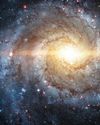
All About Space UK
MYSTERIES OF THE UNI WHERE ARE ALL THE SPIRAL GALAXIES?
There are far fewer spiral galaxies than elliptical ones in the Supergalactic Plane, and scientists are keen to discover why
7 mins
Issue 161
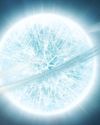
All About Space UK
ZOMBIE STARS
+10 OTHER TERRIFYING SPACE OBJECTS
8 mins
Issue 161

All About Space UK
HOW TO BEAT LIGHT POLLUTION
Thought it was impossible to observe the wonders of the night sky from towns and cities? Think again. Follow our tips and tricks on successfully observing through sky glow
2 mins
Issue 161
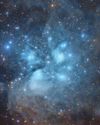
All About Space UK
15 STUNNING STAR CLUSTERS
These beautiful stellar groupings are spattered across the cosmos
8 mins
Issue 161
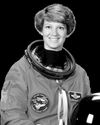
All About Space UK
Eileen Collins "It was a difficult mission...we were the first to see Mir"
Having served as both the first female pilot and first female commander of NASA's Space Shuttle, Collins boosted the involvement of women in space exploration to a whole new level
9 mins
Issue 161
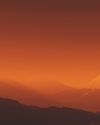
All About Space UK
MARS LEAKS FASTER WHEN IT'S CLOSER TO THE SUN
The Red Planet has lost enough water to space to form a global ocean hundreds of kilometres deep
2 mins
Issue 161
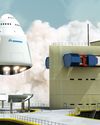
All About Space UK
FUTURE TECH KANKOH-MARU
This ambitious reusable spacecraft will be capable of taking 50 people to and from orbit
2 mins
Issue 161

All About Space UK
THE FINAL FRONTIER
Beyond the reach of the Sun is a fascinating region of the cosmos that were only just beginning to explore
8 mins
Issue 161
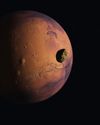
All About Space UK
A long-lost moon could explain Mars' weird shape and extreme terrain
A long-lost moon could explain why Mars is so different from the other rocky planets in the Solar System. Today Mars has two tiny moons.
2 mins
Issue 161
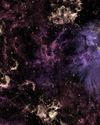
All About Space UK
A sprinkling of cosmic dust may have helped kick-start life on Earth
Cosmic dust may have helped kick-start life on Earth. New findings challenge a widely held assumption that this wasn't a plausible explanation.
3 mins
Issue 161
Translate
Change font size

